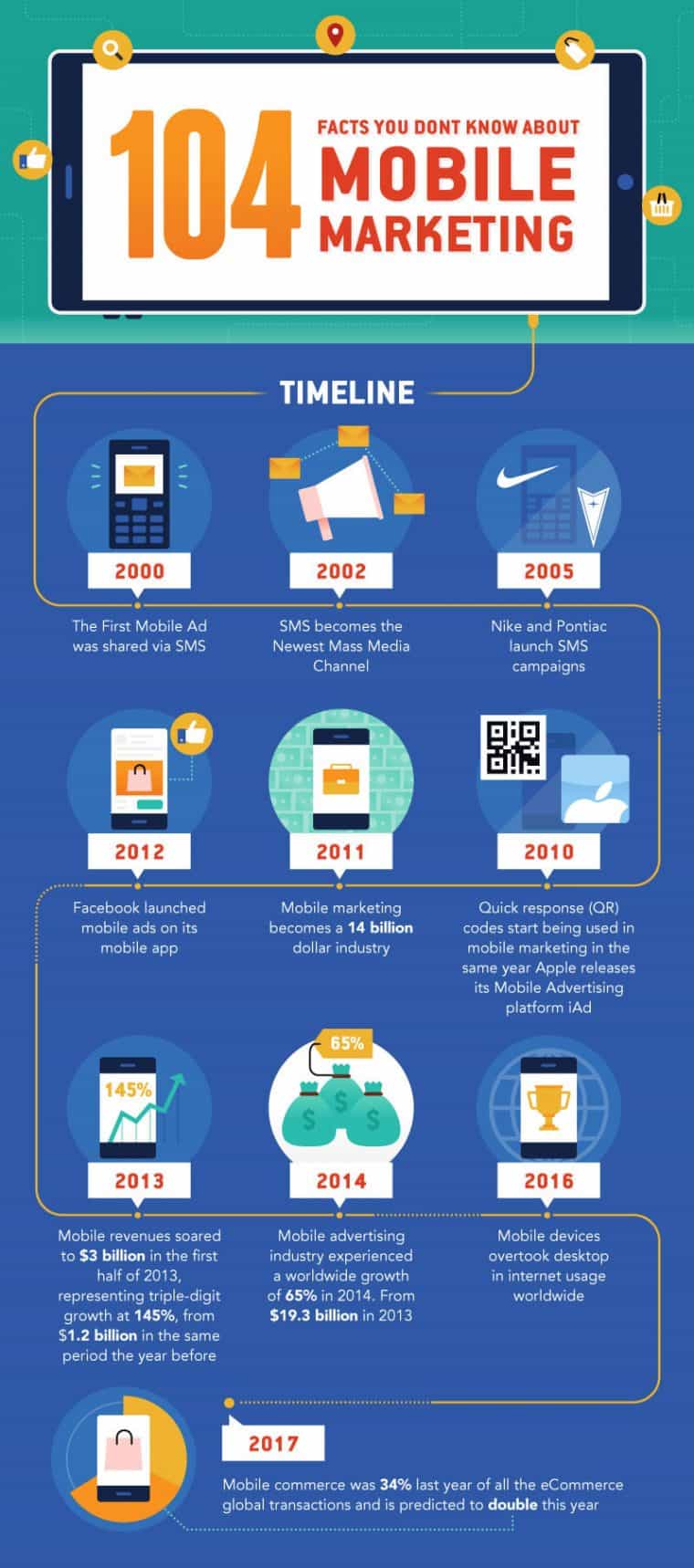One thing many companies were slow to realize was the necessity of establishing a mobile website. Most of them were even slow to figure out that they needed a regular website like the one’s Website Builder creates. It used to be a thing to call companies and sell them on the idea of having an actual website that would help them manage their online brand. Some executives would even respond saying they weren’t sure if this whole Internet thing was going to be around much longer and they didn’t want to waste their money. This seems laughable looking back at those times, but this trend repeated itself all over again with mobile websites.
Mobile websites operate slightly differently in the way they are loaded and formatted. If companies and their advertisers want their content to be properly viewed, they need to make sure their website is mobile responsive. And why are mobile websites such a priority? Users are far more likely to pay attention to a mobile website than on a desktop website. It has been found that the average time spent on a mobile website is 3:15, opposed to 0:51 on desktop ones.
This phenomenon is caused by the way we treat the two different platforms. When most users go on their computer, they do so with a purpose. They have a specific task or goal and want to get it done. Whereas, when most users are on their computers, they are more casual about it. They are browsing around, maybe killing time, and a lot less focused. This creates an opportunity for advertisers to reach them when their attention isn’t spoken for. The result is not only more time spent on a mobile website, but a much higher click through rate. The thought process in a customer’s head says there is no immediate reason not to click on the ad that looks interesting, so they are more likely to do it. This results in an average click-through rate of 0.57%, which is more than double the average rate of 0.23% on desktops.
The level of adoption which has occurred in each industry is the result of how easy it is to imagine a customer benefitting from it. For example, one of the highest adoption rates is 80% for media and entertainment. This makes total sense. Some of the first features on phones were based on viewing photos and videos. Entertainment companies aren’t stupid and can see the huge opportunity to capture part of this mobile marketing.
A more interesting one is travel and hospitality. This has an 85% adoption rate, making it the highest of them all. It is estimated that 51% of travelers use mobile devices to get travel information. This trend is harder to read as you would think customers would want a full screen to book a flight. What is likely happening is customers check websites when they are with their friends, choose the flight they want, and then book it on their computers later.
Mobile websites have become a necessity due to the massive amount of money there is to be made for businesses and their advertisers. With adoption constantly increasing, it is likely every website will have a mobile aspect in the future.
Here is the Infographic compiled by the team behind Website Builder, you will be able to find 104 interesting facts that you don’t know about mobile marketing. These are including desktop vs. mobile comparisons, niches that work best, great mobile marketing techniques. In addition to that – also usage, user friendliness, adoption, commerce, search and conversion stats.



 Open rest of the Infographic
Open rest of the Infographic